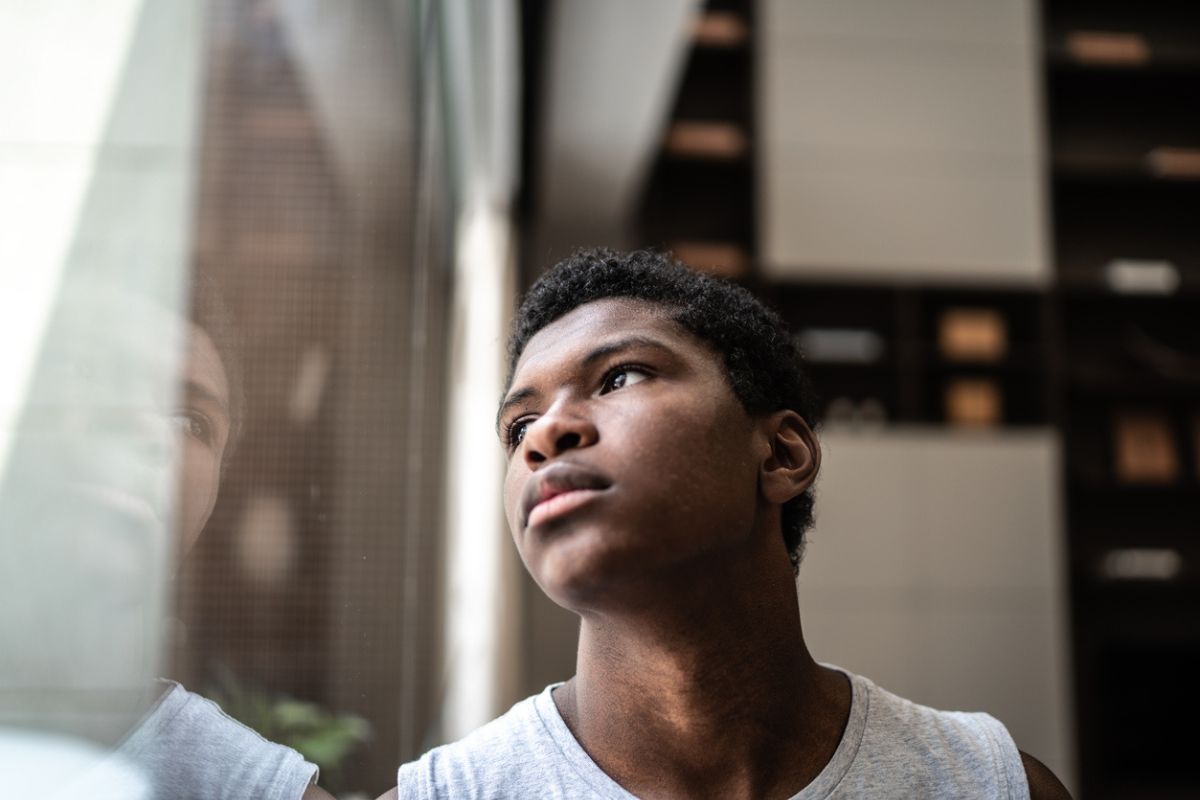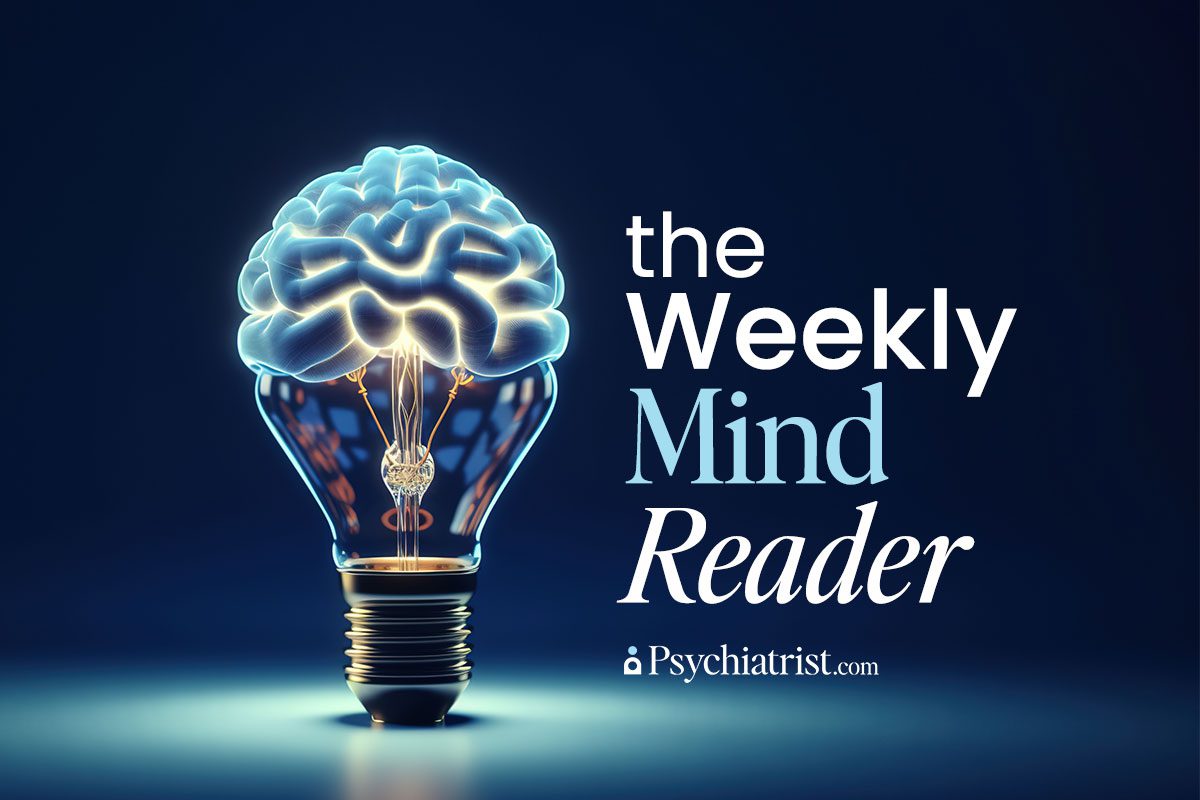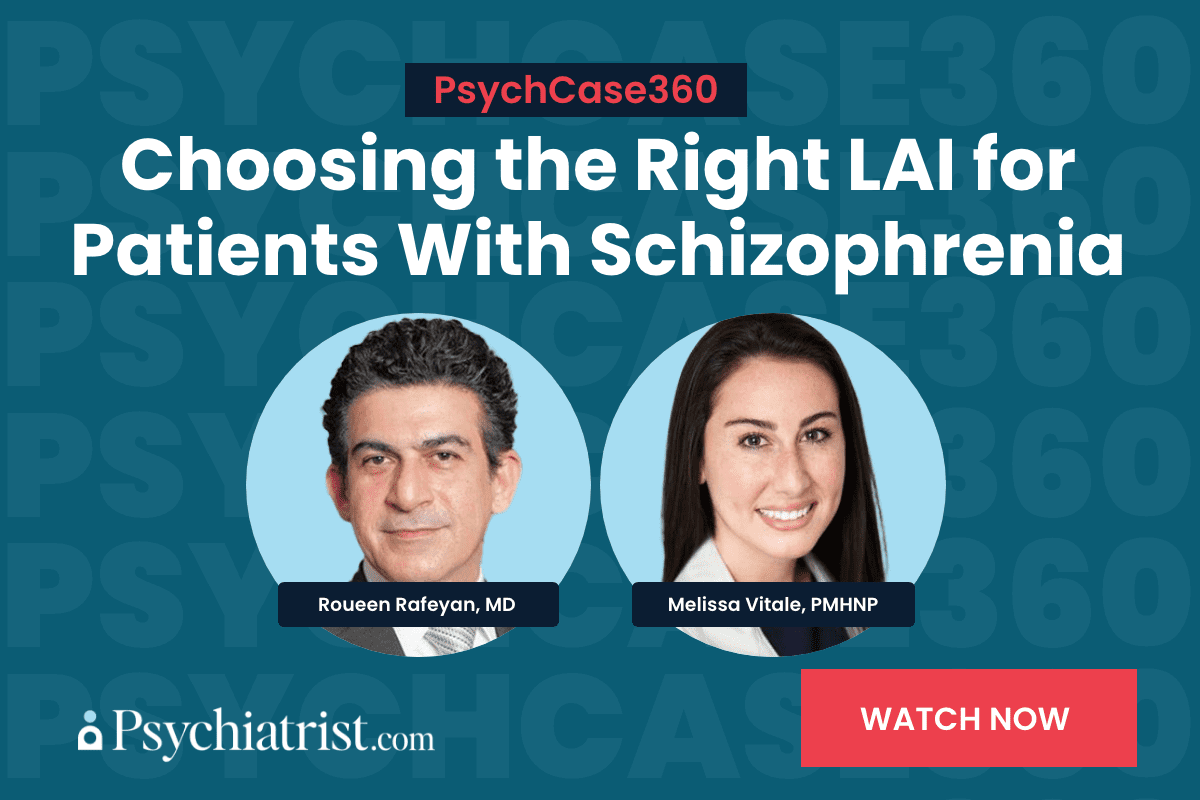Thanks to federal recognition in 2021, Juneteenth has surged from a largely obscure historical oddity to a national holiday. More than 90% of Americans are now aware of Juneteenth and its place in American history. That’s a huge leap in just a few years. What’s garnered far less attention are the mental health challenges that black people – especially kids – face today.
Gun Violence Surges
Gun violence has surged in recent years, emerging as the leading cause of death among U.S. children and adolescents. It marks an unsettling shift in youth mortality.
Despite that – and mounting public fear over this quiet “epidemic” – federal officials have begun phasing out multiple gun safety policies, putting a match to a smoldering crisis that disproportionately threatens black Americans.
The Kaiser Family Foundation just published a report that sketches out a landscape that shows just how bad it’s become – especially for children of color.
Between 2019 and 2023, the firearm death rate among the nation’s kids skyrocketed 46%. In 2023, to take one example, firearms killed seven kids every day.
Black and Hispanic children suffered the worst of it. The firearm death rate among Black youth reached 11.7 per 100,000 in 2023. That’s more than four times that of their White counterparts. And Hispanic kids saw a significant increase, with their death rate shooting up a whopping 73% since 2018.
While White and Asian youth experienced relatively stable firearm mortality rates, children of color now make up a growing share of total firearm deaths, fueled in no small part by community gun violence.
Scars That Last Longer Than Bullet Wounds
Gun violence also casts a long psychological shadow for the survivors, which crops up as anxiety, depression, PTSD, poor academic performance, and elevated substance abuse risk. In neighborhoods with chronic gun violence, children – girls, in particular – admit to being more afraid, struggling with sadness, and a gnawing sense of insecurity.
Research also shows suicide risk and antidepressant use tick up in communities that have suffered a school shooting. Kaiser researchers also found that active shooter drills don’t help. They might actually contribute to student distress.
Policy responses have been mixed, to put it mildly. Under the Biden administration, lawmakers passed the Bipartisan Safer Communities Act (BSCA), drafted to improve gun safety and expand school-based mental health care. But earlier this year, the new administration pulled $1 billion in BSCA funding for youth mental health services, deleted a Surgeon General advisory framing gun violence as a public health crisis, and dissolved the Federal School Safety Clearinghouse External Advisory Board.
The researchers at Kaiser warn these cuts arrive at a time when U.S. kids need more, not less, support. As gun violence continues to claim young lives, experts say addressing root causes—poverty, systemic inequity, and easy gun access—must become a national priority.
Racism, Police Violence Tied to Youth Psychosis
Another new study (this one from NYU’s Silver School of Social Work) suggests that societal inequities – such as racial discrimination and violent encounters with law enforcement – could be a major catalyst in early psychosis among lower-income young adults of color.
Appearing in Schizophrenia Bulletin, the paper draws from the National Survey of Poly-Victimization and Mental Health, looking at the responses from more than 1,500 young adults between 18 and 29.
The researchers found that Black, Latino, Indigenous, and multiracial young adults were 60% more likely than their white peers to report experiencing psychotic symptoms, such as hallucinations or delusions, at some point in the previous year. Additionally, those who’d experienced police violence had 52% higher odds of reporting such symptoms.
These findings challenge the traditional “Social Defeat Hypothesis,” which attributes early psychosis to individual-level traumas such as bullying, substance abuse, or childhood abuse. While this has been a mainstay of U.S. psychiatric treatment, the NYU researchers make the case for expanding its scope to include structural and systemic stressors that hit marginalized communities disproportionately.
The paper’s authors conclude that persistent exposure to racial inequality and systemic discrimination might trigger the same neurobiological changes—particularly in dopamine regulation—as individual traumas. These changes have the potential to spark psychotic episodes.
“This potentially means that reducing exposure to systemic factors, like societal racism, may provide mental health benefits similar to individual-focused interventions, like psychotherapy,” lead author and NYU associate professor Jordan DeVylder said in a press release.
Do ED Aggression Risk Labels Discriminate Against Black Kids?
Finally, new data published in JAMA Network Open exposed some disturbing racial disparities in how emergency department personnel label Black youths as high aggression risks during pediatric visits for mental health concerns.
The cross-sectional analysis studied more than 5,000 ED visits involving patients 21 and younger at a single pediatric hospital between January 2020 and December 2022.
Researchers found no racial or ethnic differences in the use of an aggression risk evaluation tool. And yet, despite that, clinicians labeled non-Hispanic Black youths as high aggression risk in their electronic health records much more often than the White kids. Specifically, clinicians were four times more likely to flag black patients when the only documented risk was a prior history of violent behavior.
This inconsistency rings some alarm bells about potential racial bias in the subjective application of behavioral health flags, which are meant to alert staff to possible safety threats. These notifications – designed to protect patients and staff – flags, while well-intended, aren’t based on standardized scoring. As a result, the authors suggest they might perpetuate structural racism in health care by reinforcing harmful stereotypes.
The study adds to mounting evidence that implicit and explicit biases alike influence clinical decision-making, contributing to inequitable treatment of minority patients. Consequently, the authors push for a deeper dive into the causes and consequences of these disparities. They also issued a call to reform standardized screening protocols, trauma-informed care, and ongoing evaluation of flagging practices.
Further Reading
Sports Mount Defense Against Pre-Adolescence Mental Illness
Universal Teen Depression Screening Proves Cost-Effective
Despair is Killing More Middle-Aged Black and Native Americans



